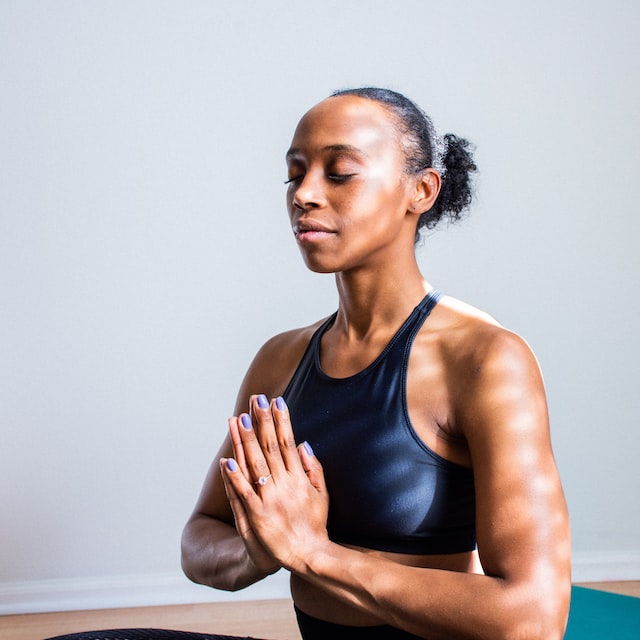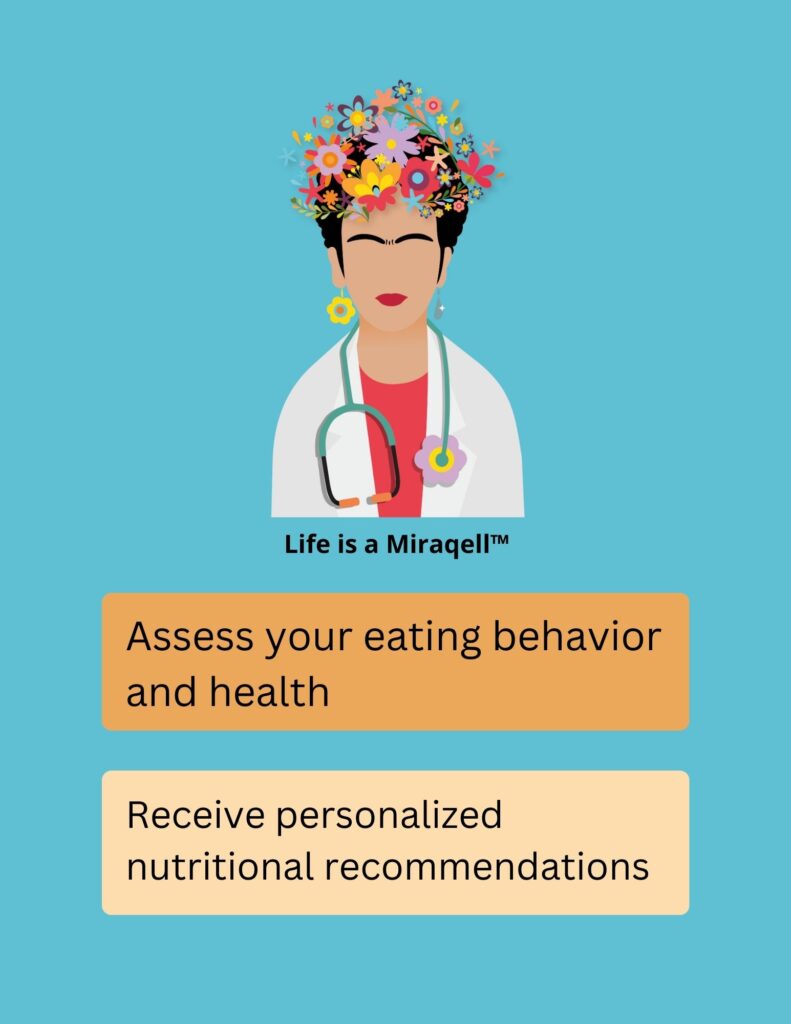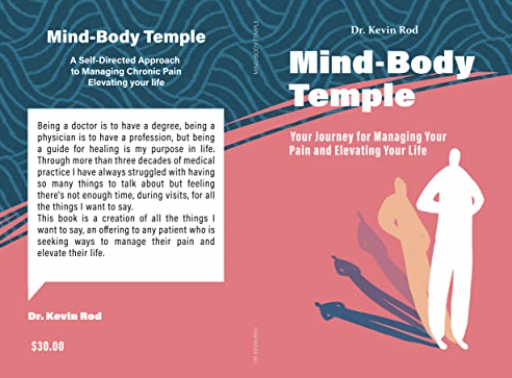Understanding and Alleviating Muscle Cramps
Muscle cramps are sudden, involuntary contractions or spasms in one or more of your muscles. These cramps can be intensely painful and can last from a few seconds to several minutes. They commonly affect the muscles in the legs, especially the calf muscles, but can occur in any muscle.
Here are some common causes and factors associated with muscle cramps:
- Dehydration: Lack of fluids in the body can lead to an imbalance in electrolytes, affecting muscle function.
- Electrolyte imbalances: An inadequate balance of electrolytes such as potassium, calcium, and magnesium can contribute to muscle cramps.
- Overuse of muscles: Fatigued muscles, especially during intense exercise, may be more prone to cramping.
- Poor blood circulation: Insufficient blood flow to muscles can cause cramps.
- Nerve compression: Compression or irritation of nerves that control muscle contractions can lead to cramping.
- Inadequate stretching before exercise: Failure to warm up and stretch properly before physical activity can increase the risk of cramps.
- Certain medications: Some medications, such as diuretics, can cause electrolyte imbalances that may result in cramping.
- Medical conditions: Underlying medical conditions like diabetes, peripheral artery disease, or neurological disorders can contribute to muscle cramps.
Prevention and Treatment:
- Hydration: Ensure you are adequately hydrated, especially during physical activity.
- Electrolyte balance: Consume foods rich in potassium, calcium, and magnesium, or consider supplements if recommended by a healthcare professional.
- Stretching: Regular stretching, particularly before and after exercise, can help prevent muscle cramps.
- Warm-up: Always warm up before engaging in vigorous physical activity.
- Footwear: Ensure that your footwear provides proper support, especially during exercise.
- Moderation in exercise: Avoid overexertion, and gradually increase the intensity and duration of your workouts.
- Massage and heat: Massaging and applying heat to the affected muscle can help alleviate cramps.
- Medication adjustment: If you suspect medications are contributing to muscle cramps, consult your healthcare provider to explore alternative options.
If muscle cramps persist or are severe, it’s important to consult with a healthcare professional to rule out any underlying medical conditions and receive appropriate treatment.
















